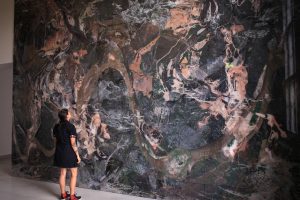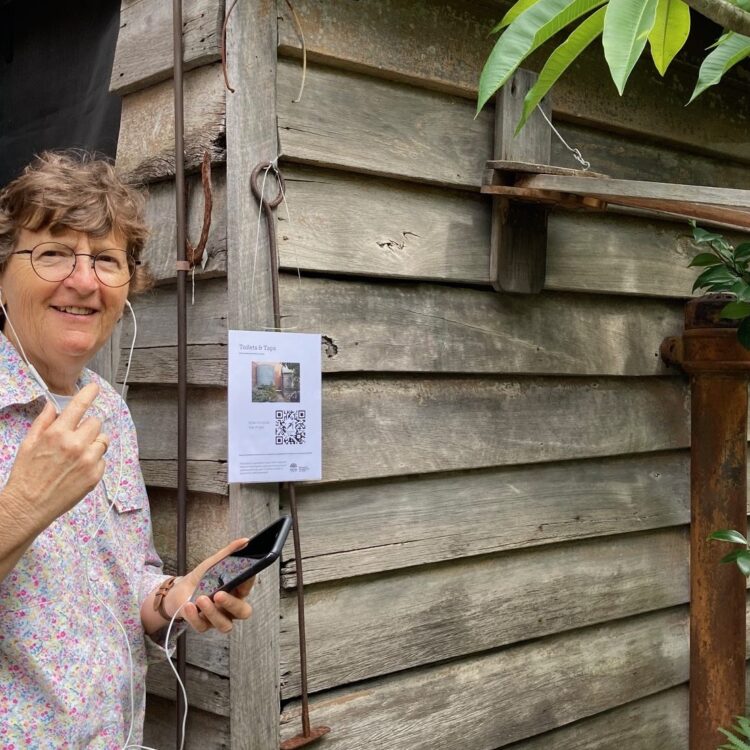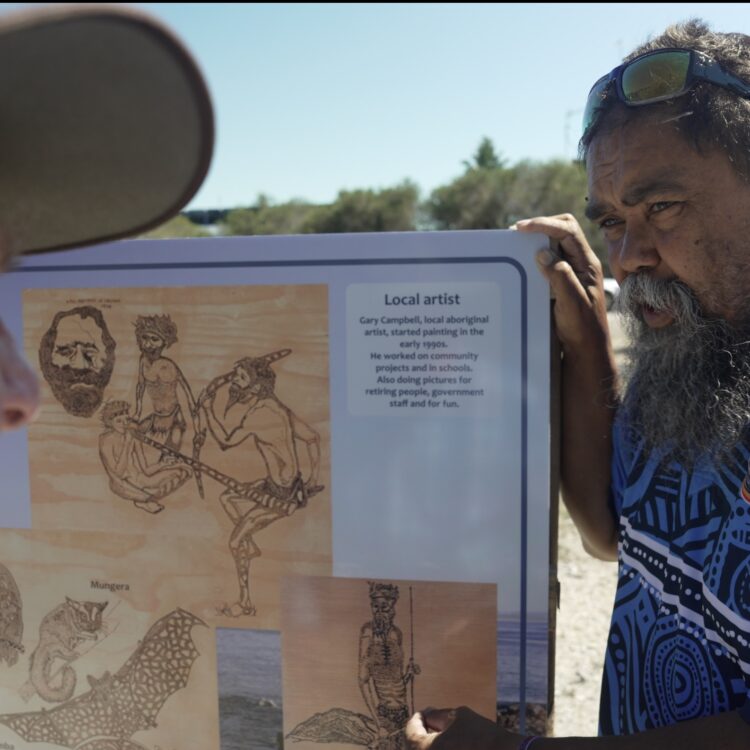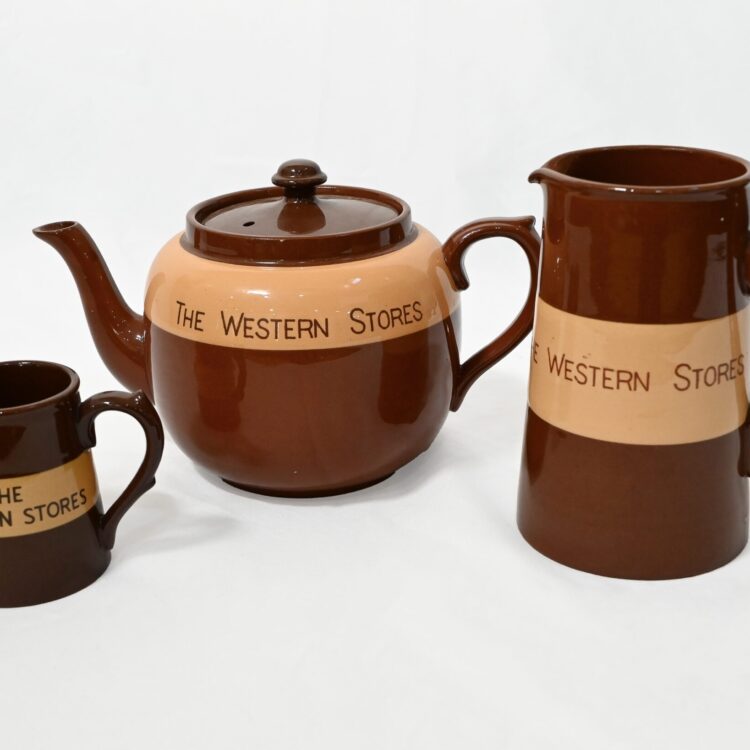
The first 59 participants in the Biennale of Sydney (2022) have been announced. The title of this major international contemporary art event, which will be open to the public from 12 March to 13 June 2022, is rīvus, meaning ‘stream’ in Latin
Situated along the waterways of the Gadigal and Burramattagal people, the Biennale of Sydney in 2022 will be articulated through a series of conceptual wetlands and imagined ecosystems populated by artworks, public programs, experiments, research and activisms, following the currents of meandering tributaries that expand into a delta of interrelated ideas.
Those invited to take part in the Biennale will be known as ‘participants’ rather than ‘artists’, reflecting their diverse talents, skills, practices and modes of being that extend beyond the realm of the visual arts. The participants announced today live across six continents and 33 countries such as Cameroon, Cuba, Venezuela, Slovenia, Taiwan, Tonga and the Netherlands.
While the locations for the 23rd Biennale of Sydney will be announced later this year, for the first time, The Cutaway, a cultural venue situated in Barangaroo Reserve on Sydney’s magnificent harbour, will be included.
In a panel discussion facilitated by First Nations journalist Rachael Hocking, the team of curators developing and realising the Biennale of Sydney in 2022 – The Curatorium – spoke of waterways as dynamic living systems with varying degrees of political agency.
The Curatorium said: ‘Indigenous knowledge has long understood non-human entities as living ancestral beings with a right to life that must be protected. But only recently have some plants, mountains and bodies of water been granted legal personhood. If we can recognise that a river has a voice, what might they say?
rīvus will enable aqueous beings – rivers, wetlands and other salt and freshwater ecosystems – to share a dialogue with artists, architects, designers, scientists, and communities. Considering the water ecology’s perspective raises unlikely questions: Can a river sue over psychoactive sewage? Will oysters grow teeth in aquatic revenge? What do the eels think? Are waves the ocean’s desire?’
The Curatorium developing and realising the 23rd Biennale of Sydney (2022) includes:
- José Roca, Artistic Director, 23rd Biennale of Sydney
- Paschal Daantos Berry, Head of Learning and Participation, Art Gallery of New South Wales
- Anna Davis, Curator, Museum of Contemporary Art Australia
- Hannah Donnelly, Producer, First Nations Programs, Information + Cultural Exchange (I.C.E.)
- Talia Linz, Curator, Artspace
The first 59 participants announced as part of the 23rd Biennale of Sydney (2022) are:
- A4C Arts for the Commons (Ecuador / Italy)
- Ackroyd & Harvey (England)
- Robert Andrew (Yawuru, Australia)
- Ana Barboza and Rafael Freyre (Peru)
- Badger Bates (Barkandji, Australia)
- Milton Becerra (Venezuela / France)
- Cave Urban (Australia)
- Hera Büyüktaşcıyan (Turkey)
- Tania Candiani (Mexico)
- Yoan Capote (Cuba)
- Casino Wake Up Time (Bundjalung, Kamillaroi, Australia)
- Carolina Caycedo (Colombia / USA)
- Alex Cerveny (Brazil)
- Erin Coates (Australia)
- Cian Dayrit (Philippines)
- Melissa Dubbin & Aaron S. Davidson (USA)
- Matias Duville (Argentina)
- Clemencia Echeverri (Colombia)
- Embassy of the North Sea (North Sea / The Netherlands)
- Juliana Góngora Rojas (Colombia)
- Julie Gough (Trawlwoolway, Australia)
- Senior Craftsman Rex Greeno and son Dean Greeno (Palawa, Australia)
- David Haines & Joyce Hinterding (Australia / England)
- Sheroanawe Hakihiiwe (Yanomami, Venezuela)
- Dale Harding (Bidjara / Ghungalu / Garingbal, Australia)
- Joey Holder (England)
- Marguerite Humeau (France)
- Aluaiy Kaumakan (Paiwan Nation, Paridrayan Community, Taiwan)
- Pushpa Kumari (India)
- Eva L’Hoest (Belgium)
- Mata Aho Collective (Te Atiawa ki Whakarongotai, Ngāti Toa Rangatira, Ngāti Awa, Ngāi Tūhoe, Ngāti Pūkeko, Ngāti Ranginui, Ngāi Te Rangi, Rangitāne, Ngāti Kahungungu ki Wairarapa,
Aotearoa New Zealand)
- Clare Milledge (Australia)
- Yuko Mohri (Japan)
- Moogahlin Performing Arts with Aanmitaagzi Big Medicine Studio (Murrawarri, Biripi, Australia; Ojibway / Mohawk, Mi’kmaq, Turtle Island Canada)
- New Landscapes Institute (Australia)
- New-Territories _ S/he _f.Roche (France)
- Leeroy New (Philippines)
- Wura-Natasha Ogunji (Nigeria / USA)
- Mike Parr (Australia)
- Marjetica Potrč (Slovenia)
- Caio Reisewitz (Brazil)
- Tabita Rezaire (France / French Guiana)
- Duke Riley (USA)
- Abel Rodríguez (Mogaje Guihu) (Nonuya, Colombia)
- Teho Ropeyarn (Angkamuthi / Yadhaykana, Australia)
- Diana Scherer (Germany / The Netherlands)
- Dineo Seshee Bopape (South Africa)
- Komunidad X Sipat Lawin (Philippines)
- Kiki Smith (USA)
- Paula de Solminihac (Chile)
- STARTTS (NSW Service for the Treatment and Rehabilitation of Torture and Trauma Survivors) and Jiva Parthipan (Australia)
- Jenna Sutela (Finland / Germany)
- Imhathai Suwatthanasilp (Thailand)
- Leanne Tobin (Dharug, Australia)
- Barthélémy Toguo (Cameroon / France)
- Sopolemalama Filipe Tohi (Tonga / Aotearoa New Zealand)
- Hanna Tuulikki (England / Scotland / Finland)
- Gal Weinstein (Israel)
- Zheng Bo (Bai, China)
Note: rīvus means ‘stream’ in Latin. Interestingly, the word ‘rivalry’ has its origins in the Latin root rivālis which is derived from rīvus. rivālis / rivalry means ‘one who uses the same stream / water source’.



